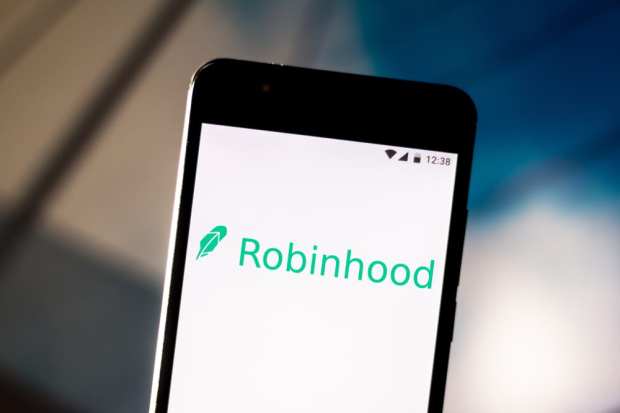Robinhood Outage Shows Cracks In Its Platform Model

No band of merry traders here.
Two days into outages that hobbled Robinhood, the online financial services company that offers an app primarily used by younger traders, and there are lessons to be learned.
The hard way, it seems.
Monday, during a monster rally that saw stocks soar by more than 4 percent, stock and options traders across the platform were out of luck and perhaps out of the money (in terms of locking in gains). The same thing happened for part of Tuesday, where the trading platform was down, again.
The company has made its name on the promise and lure of free trading. And at the end of last year, Robinhood said it had 10 million users.
Along the path of its seven-year history, the company has offered checking accounts, and then abandoned that idea, then relaunched it. As we noted in this space in October of last year, the checking account enables customers to earn 2.05 percent APY on any money in the account — and they will be able to spend it with a Mastercard debit card, where money can be accessed at more than 75,000 ATMs.
But.
The outages Monday and Tuesday show the risks of the platform model, at least across verticals where competitive advantage can disappear in an instant.
After all, the zero-commission game for online trading has been around for a while and has been played by Wall Street heavyweights such as Morgan Stanley and Charles Schwab. Those firms are buying, respectively, E-Trade and TD Ameritrade, which offer commission-free trades.
In the investing world, trading is now, obviously, a commodity, distinguished perhaps only by the ancillary services that are sold, or cross-sold, to traders. That’s, of course, the strategy of a Morgan Stanley, or of a Goldman Sachs, where Marcus is a conduit to moving “downmarket” toward consumer deposits and checking.
But to get there, well, you’ve got to have trust. Infrastructure makes a difference here, too, of course.
As of this writing, Robinhood’s brokerage operations are running again. But at least some email communications from the support side of the company are spotty, as Bloomberg reported.
Robinhood had said that the outages were tied to “instability in a part of our infrastructure that allows our systems to communicate with each other.” As a result, the outages were seen across equities and options and cryptos.
“We realize we let our customers down, and we’re committed to improving their experience,” the company said in a statement. The fact that email service also not fully functional means that Robinhood was not, and may still not, be able to address concerns and at least placate customers’ ire, which has the ripple effect of customers voting with their feet.
Thus far it is unclear just what caused the systems to fail, the trades to be stymied. But, as Fortune noted, it’s possible that a volume spike overwhelmed operations — and cited Apptopia’s contention that Robinhood users have been “skyrocketing” since January. The timing, of course, would dovetail with the deluge of news related to the coronavirus, rippling from China to far distant shores, and where markets have been volatile (to put it quite mildly). Panic — whether real worry or FOMO — is a condition to plan for in a vertical like financial services, where passions (OK, animal spirits) rule.
Interestingly, there’s been no note/illumination of what backup or contingency plan might have been in place and might have failed, too — or if there was/is a backup plan in the event of systems failures or unanticipated volume surges. Broker dealers are required to have such plans in place, and CNBC reports that the Financial Regulatory Authority has said it has been “in touch” with Robinhood.
The larger picture is this: Bringing buyers and sellers together is the function of any platform. The problem is when transparency is lacking, and trust is fragile, especially when it comes to millennials. The jury may still be out as to whether panic orders (whether selling or buying) during a panicky week may have tripped a proverbial wire. The post mortem may tell a lot, but it will likely not stanch churn, to competitors’ benefit.
